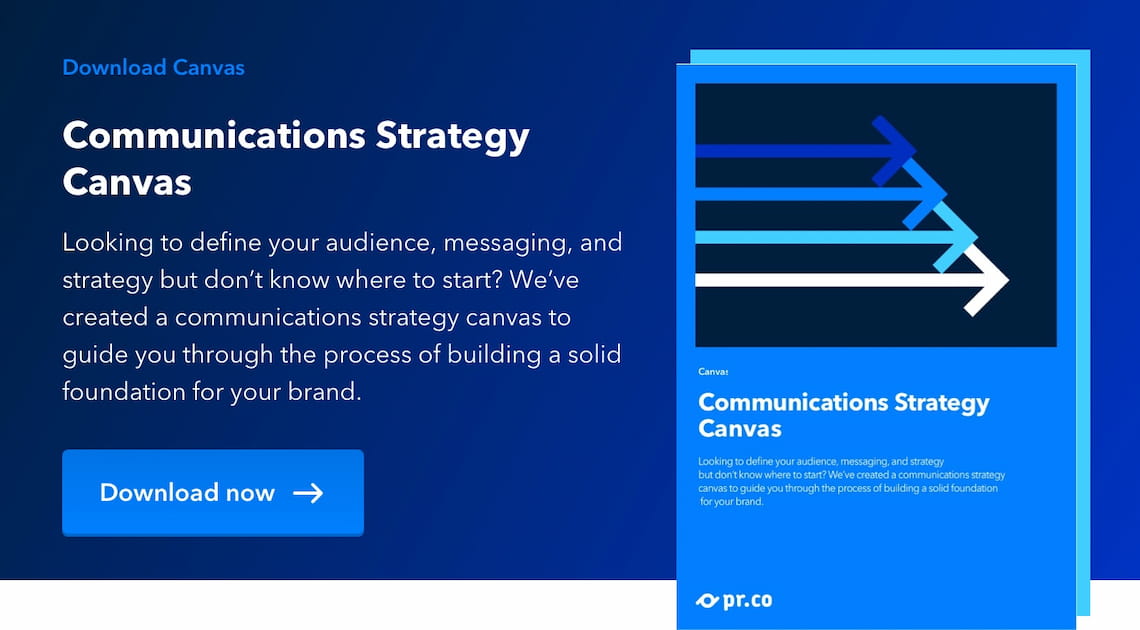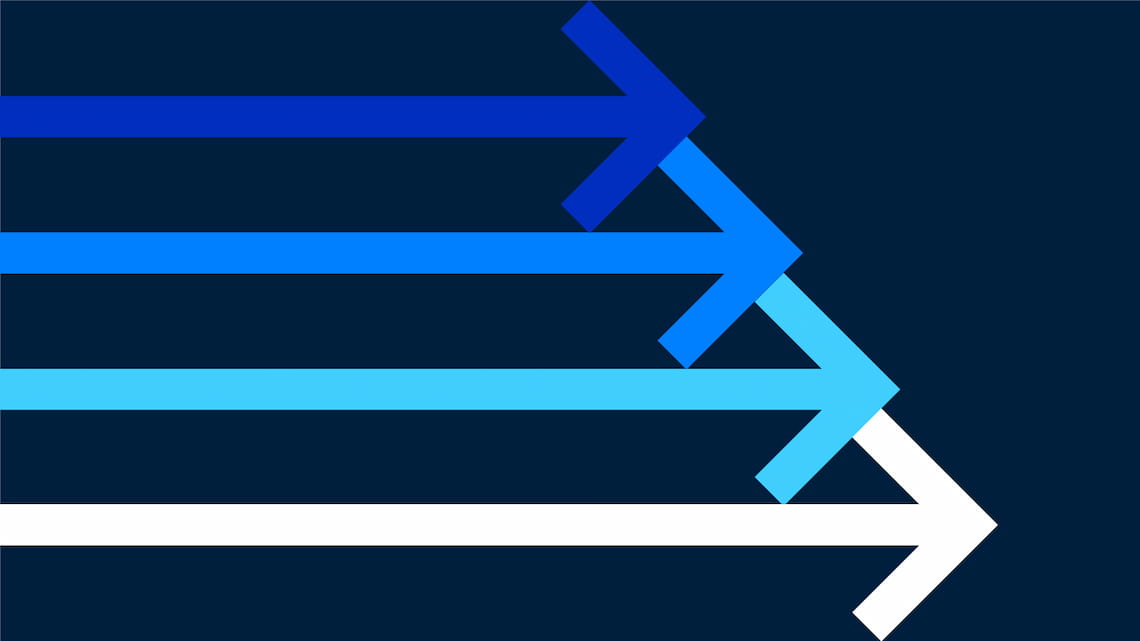When Georgina Ustik started editing TNW's the Big Spam, coins in the swear jar - and their subscriber count- started piling up. In this interview, she tells us about the process of finding a tone of voice for a popular newsletter.

There aren’t any newsletters like the Big Spam out there. Why is it so unique?
I think a lot of people think of the Big Spam as a marketing newsletter. And in a way, it is. Because TNW is a weird company; it's media, but it's also events and all these other things.
But having a newsletter under the editorial umbrella rather than under the marketing umbrella means that you have so much more freedom. You don't really have to promise anyone anything other than the odd ad for an event coming up. Sometimes we'll put in affiliate marketing links, but it's always very clearly labeled. Even with the ‘commercial break’ section, we just want to make it super obvious.
With everything else, we're not trying to push anything on anyone. We're just having fun with language. It's about the news in tech but it's also just about us and the pure enjoyment of pushing the limits of what a newsletter can be.
We used to have scavenger hunt sections, you remember that? It was this very short-lived puzzle where I would take a headline that had been published the day before. And I would recreate the headline in emoji and GIF images, and send people on a scavenger hunt across the site just to find it, then leave a poop emoji in the comments if they found it. And it worked. People thought it was so fun, but then - and this is interesting- people's attention spans are short. So you have to add new things until people get bored and then take it away. Right now we’ve found a very happy flow with that. There aren’t as many new weird sections, but it's still a good, fun thing for us to maintain.
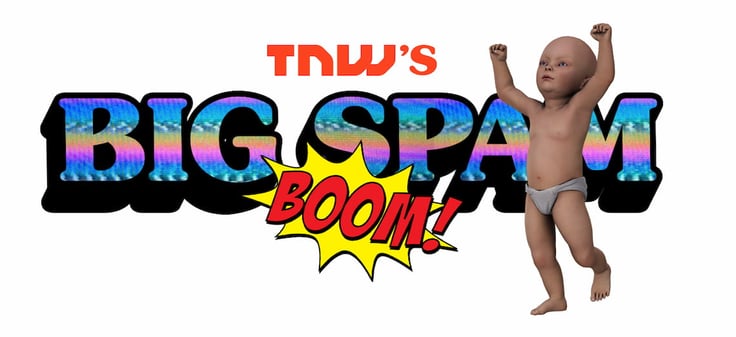
What was the Big Spam like before you arrived as its Editor?
My job also covers other things like syndication and TNW Answers. When I joined the newsletters were all automated, apart from Boris’s weekly newsletter. So there was no Big Spam, only a daily newsletter that just spat out headlines of the top stories in the past 24 hours. There were a lot of subscribers, which was great. But there was no engagement. And it drove a bit of traffic to the site, but nothing significant. It was just wasted space; so I got hired to manage that and maybe add more newsletters. I had a meeting with the Editor in Chief and we were talking about what to do with it and I suggested we try a manual one.
At this point, I had already spent some time with a team. They're funny, weird, smart people and we talked so much about internet and tech-related things. And I thought: this is the stuff that's interesting. Yet there's not a space that we can explore these topics in an informal way. Because on the site, obviously, when you publish an article it needs to meet certain standards.
So the idea was to create something that was a peek into what we are in like in the newsroom. Something as weird and goofy as we actually are. But also something that could be about serious things. It was a free space to explore opinions and try out weird things. Now it's almost two years old. And yeah, people didn't like it at first because they had been subscribed to the old automated one. And they were like, “this works for me, what are you doing?”
Did many people not like it to begin with?
A handful of people were writing in saying “please put it back”. But there were also a lot of people that loved it. It was one of those decisions where we knew we were going to do this thing, and some people weren’t going to like it. You just have to risk losing an audience if you want to make something that's authentic or different. Then you find a new audience. We made peace with it early on. It was definitely scary to think people don't like it.
It all wound up paying off. So it was a good decision. But it's amazing how your brain focuses on the one negative piece of feedback, rather than the three positive ones. That's also just part of being a writer on the internet and having any sort of public-facing anything. You're going to get criticized especially if it's something new, especially if it's something with an opinion.
The tone of the newsletter is very authentic, but it’s also unusually irreverent. How did you know you were going to get away with that tone?
I honestly don't know. I think we were in such a great team. We’re really encouraged to create stuff that's for ourselves as much as it's also for TNW. But it's not just me creating the tone, we have takeovers from other writers every week. So it's also great to hear Callum for example, who has a strong tone of voice, as do Már, Nino, and Cara. And Nino is very much himself on social media.
There's a lot of money to be made in personal branding, in having a publication carried by individual voices. People want to hear from people that they're familiar with. The personal brand thing makes sense, as people really latch on to that.
I know for myself, the newsletters that I really love are by individuals, or companies where it's very clear who's writing it. It's been really important to the Big Spam, because at first, my face was not on it, it was from the TNW editorial team. But there are some jokes that you can get away with if people know who's making them.
It’s just the truth with humor, it's all contextual. And our newsletter has a potty mouth. But a guy making a joke about, I don't know, boobs, sounds very different than when the joke comes from me, a woman. When you write a newsletter, I think you can get away with a lot as long as it's clear it’s written in good faith and there’s a positive intention behind it. I feel comfortable making poop jokes.
No other newsletter makes me spit my coffee out of my nose in surprise
Some people don't like it. Somebody from another company got quite shocked that we included the word ‘anus’ in the subject line- but it was just describing a news story. Obviously, when you isolate those words, it sounds bad. But we try to be self-aware, we know that it's very crass humor. We're trying to try to entertain you, but it's very obvious this is clickbait. If you want a sort of a newsletter that's polite and sweet then that's okay- the Big Spam doesn't need to be for everyone.
If you want to be as remarkable as the Big Spam, here are 30+ online tools to hone your writing skills.
Has there never been a point that your bosses have said: “tone it down”?
No, never. It's really wonderful. It’s just a sense of humor that everyone has. And at the end of the day, it's not that serious. TNW is not going to lose out because I wrote the word anus in a newsletter. I think there's also a healthy sense of editorial freedom in the team that may not be the same in different departments. There are some things that I could get away with that a marketing person couldn't necessarily. And that's fine. We can keep those things distinct.
Looking to nail your tone of voice? Here's how to resonate with your target audience.
When you started doing manual newsletters did you tell the editor that it would be in this particular tone of voice: i.e. did you have any kind of prior writing as a sample?
My previous job was at Bendle, a micro journalism startup. It was a really intense job but it was wonderful training. I was one of the USA editors on the beta product. Every morning, we would read the news of the day, for two to three hours straight. And then we would hand-select the best journalism- which is highly subjective- then create a newsletter of the 10 best stories and send that out.
We would go through a really rigorous editing process, moving through three editors. It was highly structured and had a strict journalistic tone. It was insanely good training in editing and concision. But I wasn't allowed any sort of individuality really, in terms of how to write. And for good reason, because it's a very different kind of company product.
With this new job, I didn't even think about it. I thought “I'm just gonna just throw spaghetti at the wall and see what sticks” and we just started writing it in this funny crass tone of voice. It definitely changed over time. It got crasser for a while. And sometimes we would slip into something else. It's nice because it's in my tone of voice so it’s easy and fun to write.
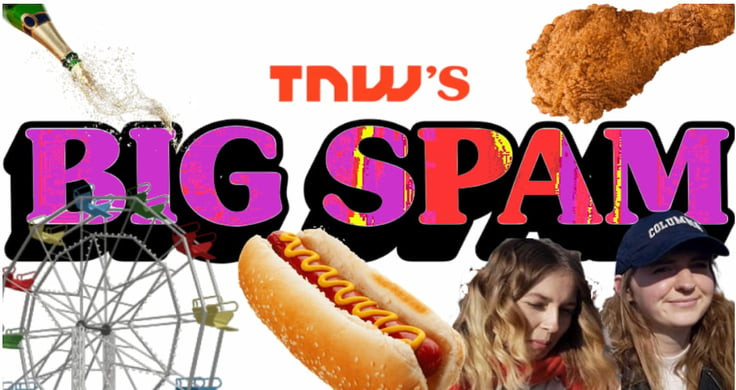
I’m guessing if you have to come up with fresh ideas every day, if you can do it in your natural voice it's much faster.
And tomorrow, I probably will have a good idea. It forces you to be creative. If I see something that I like, my frame of reference for collecting ideas is the Big Spam. I often get ideas for the next day's intro at night when I'm already at home or I'm talking to a friend. The other day I wrote about my friend who's from Lithuania, who I studied with. She became a viral meme in her home country. She told the story in our group chat and I thought: this is so insane, I need to write about it.
I think once you reach that state of mind where you’re constantly looking for leads, topics become easier to find.
How long does the newsletter take you to write?
Now, it's really fast, I can do it in a few hours. But at first, it took me a while, and even now sometimes it's labored. Like the one about my friend in Lithuania, I interviewed her for that, so it took longer. But generally, being able to quickly use the ESP tool is a lot of muscle memory.
When most of my colleagues take it over, they're a bit slower. But I've seen them speed up as they got into the swing of it. I think it's a confidence thing; to be quicker to press ‘send’. Obviously, there's an editing process, but I remember at first I would reread it like 1000 times. And in MailChimp, there's that scary finger going down on the button. It's good to be cautious at first, but then it's also it's really wonderful to feel that sense of competence when you know that you can do this quickly. I trust in my own tone of voice now.
I've never seen a spelling error
Oh, there have been some. But even then, yes we're editors and writers, but we're also human beings. lf we make a mistake the world's not going to end. We are not brain surgeons and nobody's going to die if there's a spelling error in the newsletter. Sometimes there's a sentence and I just like the rhythm. It’s not necessarily grammatically correct, but I just really like how that sentence sounds.
What have you learned through making the Big Spam?
I've learned that it’s important to figure out how to write in your own tone of voice, and to trust in your own tastes. As an individual, you can't focus too much on the idea that you are writing and sending this out to thousands of people, because then you'll just paralyze yourself.
Anybody can do it. There's nothing about the Big Spam that’s difficult to do. My favorite thing about the newsletter now is that it's not just me anymore, it took my colleagues a while to get to the point where they were comfortable with doing a takeover. It's such a personal thing and obviously, it's branded but it's very much the opinions and ideas of the staff. It’s like people with Twitter bios saying “ideas are all my own”.
We try to keep the topics wide-ranging as long as there's some mention of either the internet, or tech, or digital. And sometimes it goes completely off the rails and we let it, but we try our best. Technology is such a broad thing to cover. It's in every industry, it's in everything we do. Tech is also about lifestyle, and it's about being a human. So it's only natural that a tech newsletter would focus on the human side.
It's funny, somebody the other day, described it (the Big Spam) as being “like getting an email from your friend. Sometimes they have interesting things to say and sometimes they don’t, but you open it anyway.” And I really liked that.

Can you think of any other newsletters which have this kind of personal, off the cuff style?
I can't really think any that are for a company. But I can think of individual people's newsletters that are interesting. I really like Web Curios by Matt Muir, it’s so good. And really like Amy Widdowson's newsletter, it's ranty and short, which I like.
Seeing the newsletter as a window into the team is like a nice way of thinking about a newsletter.
Yes- and I hope it's still something that changes and grows because the first year was very much an experiment. The last TNW conference was great as I gave a talk on the Big Spam. It was a nice bookend to say; this was our year of just experimenting: these were our favorite parts and this is the stuff that we're going to keep.
And now this year, it’s about bringing more voices in, with more of a set structure. But maybe we will start another experimental phase where we start sending it out by carrier pigeon, I'm also open to that. But it's also cool to grow and work on like other newsletters like Byte Me (TNWs new feminist newsletter)
How's Byte Me going?
Great. Honestly, I love that newsletter so much. It's so fun and easy between Anouk, Cara and I because we already talk about this topic anyway. It’s such a joy to write and it’s challenging in a way that sometimes Big Spam is not. I'm having really interesting conversations with people and I love that there’s not always a consensus opinion. I haven't seen any other women in tech or media newsletters like it, so I'm happy about that. It's not how you would imagine women in tech newsletter to be, but it's actually exactly what we need to be when the topic can be so serious.
I love feminist publications and newsletters, but there are so few that actually have a sense of humor. And I understand why, there is a time and a place for humor, and most of the time it should be serious because it's a very serious topic. But there also can be fun and joy that comes out of talking about topics surrounding womanhood.
For my part, I've mentally dealt with sexism and misogyny with humor. It isn't always good, but it's a strategy my friends and I have: so that’s what we're trying to do with this newsletter. We're trying to talk about topics that are difficult but laugh at the same time because at the end of the day it's a difficult thing to battle with.
A lot of like sites like Jezebel’s tone of voice get very diluted once they're bought up by bigger media companies. Byte Me is quite untouched right now and that's really lovely because we can be irreverent and snarky and funny and that's okay. Nobody owns it, it's just our little thing.
Also, humor is universal and while our subscribers are mainly women, there are also a lot of men that really like the newsletter simply because it's funny. The three of us are funny people so I like that that’s an inroad for men and women that wouldn't necessarily subscribe to a feminist newsletter. That's so powerful.
Georgina Ustik is a Senior Editor, EMEA & APAC, T Brand Studio International at the New York Times. She also works as a freelance copywriter with more than 5 years of experience. Her work has been featured in Conde Nast Traveller, Highsnobiety, Trippin, and TNW. Georgina specializes in editorial and branded content strategy.. Connect on LinkedIn or send an email




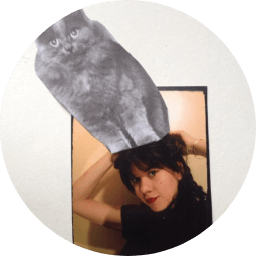
.jpg?width=736&name=tnw%20(2).jpg)
